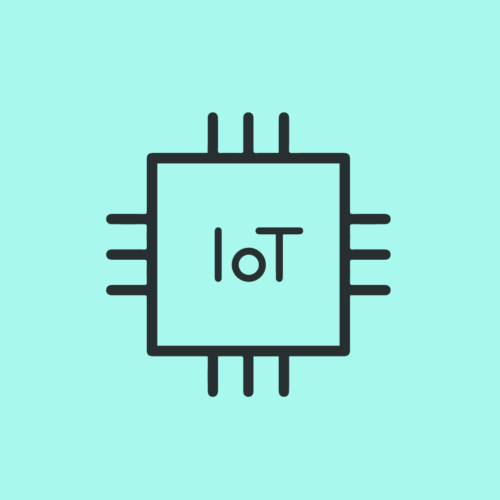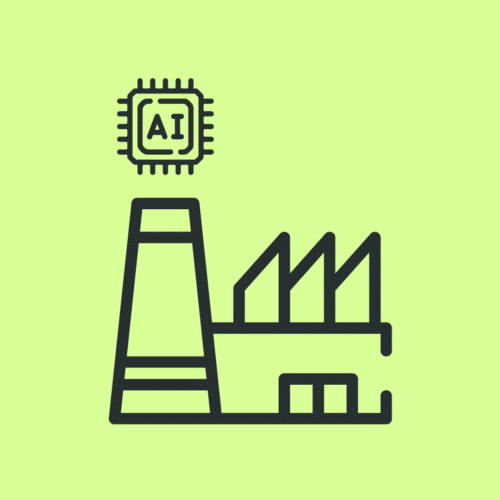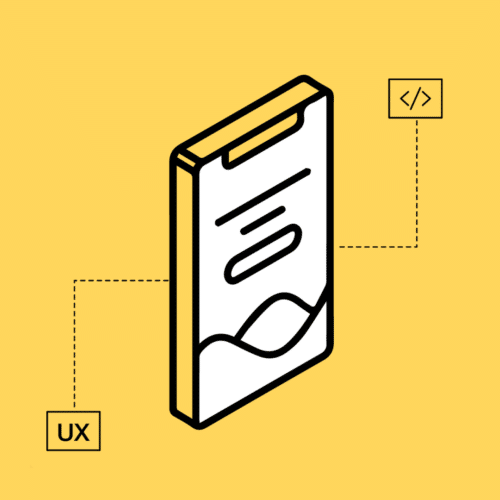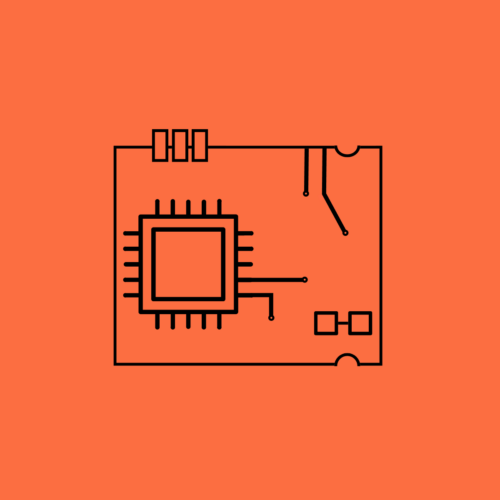BLOG
Navigating IoT Adoption: Strategies for Success
How is IoT adoption shaping up across enterprises worldwide? That’s a question we set out to answer with our 2023 Industry Survey, and, as anyone could have guessed, the answer is: it’s complicated.
While companies are facing the usual obstacles — chiefly in regards to skills gaps and budget constraints — they’re also coming up with fleet-footed solutions to catapult themselves onto the scoreboard of IoT innovation. Let’s dive into our findings.
Opportunities and Challenges in IoT Adoption
Contrary to expectations, the torchbearers of successful IoT adoption aren’t corporate giants with boundless resources. Instead, the nimble, small to mid-sized companies are leading the charge.
Our survey discovered that companies with 51-100 and 101-500 employees are the frontrunners of IoT adoption, reporting impressive success rates of 100% and 99%, respectively. Smaller businesses, on the other hand, with 1-50 employees are still getting up to speed with IoT implementation. Even large enterprises, despite their substantial resources, aren’t immune to challenges, with 52% to 66% highlighting a lack of internal expertise as their primary hurdle. (P.S. — teaming up with a trusted technology partner like Very can bridge the internal resource gap, bring new perspectives into the fold, and empower enterprises to better deliver on their missions.)
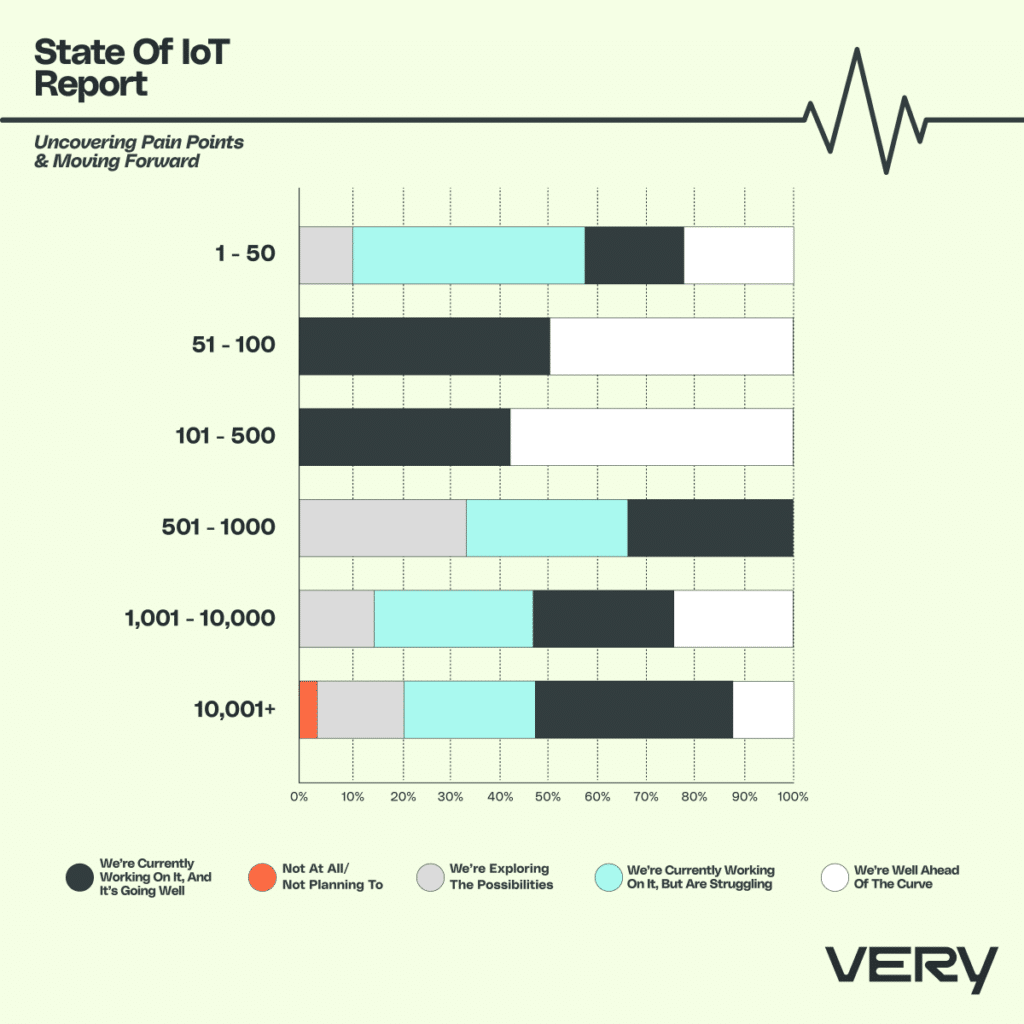
While both U.S. and non-U.S. markets showcase commendable progress, both face unique challenges. Ultimately, we found that U.S. companies are preoccupied with managing priorities and shifting workloads, whereas their global counterparts grapple with cost-related hurdles.
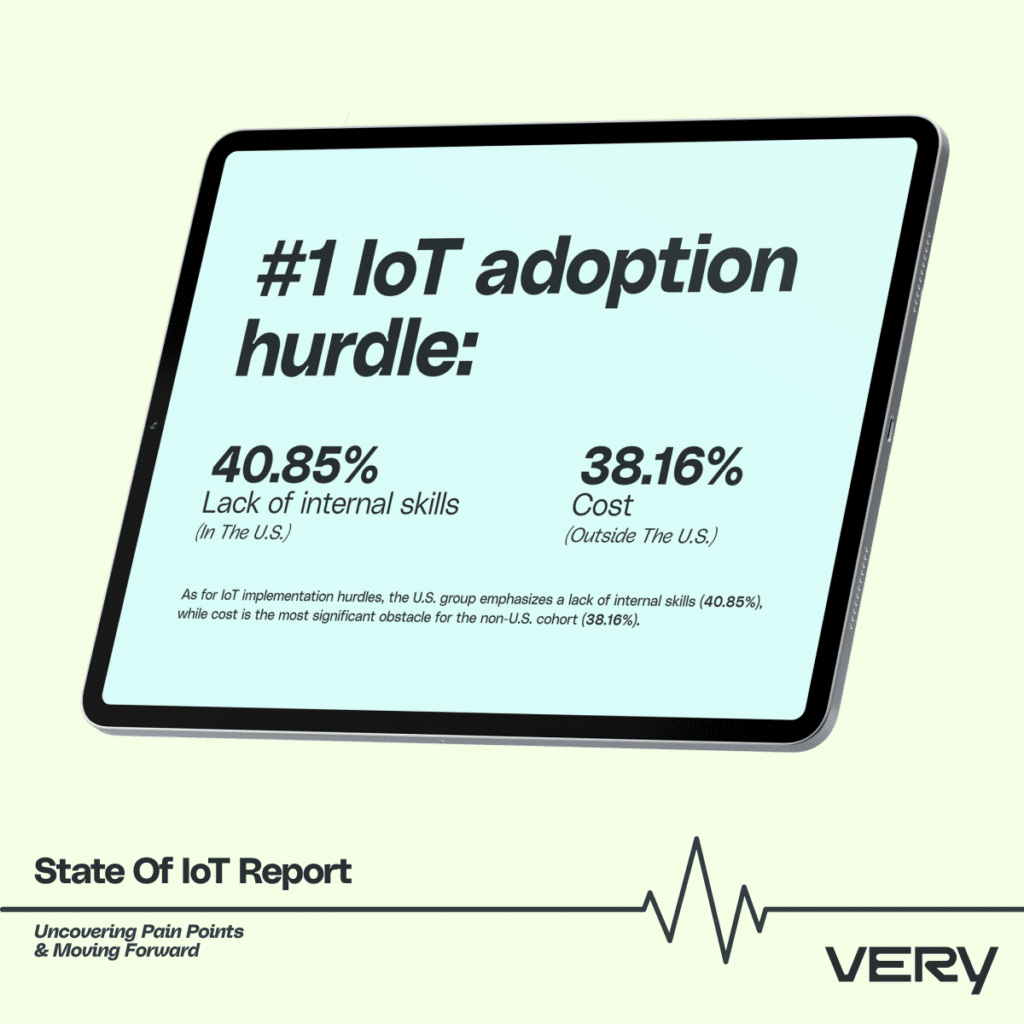
Still, the looming question remains: How can companies overcome these obstacles?
The solutions lie in aligning IoT strategy with business goals. This involves maintaining a big-picture view, embracing agile methodologies, fostering stakeholder connections, powering up skills, and navigating change effectively. In addition, in a digital landscape that’s constantly fluctuating, staying competitive demands continuous skill development. Businesses can achieve this by providing training, hiring new talent, or tapping into the expertise of external professionals.
Despite the challenges associated with IoT adoption, enterprises aren’t letting the hurdles slow them down. There’s a palpable thirst for knowledge across U.S. enterprises, with 56.34% seeking a better understanding of AI and machine learning, and 49.3% focusing on tightening their grasp on IoT security.
Powering Success: A Case Study with PowerX and Very
Backed by brands like Procter & Gamble, Hyatt Hotels, and Tesla, PowerX is the leading provider of the most powerful home utility monitoring solutions on the market. PowerX offers a suite of intelligent home monitoring solutions that enables customers to receive complete snapshots of their water, electricity, and gas usage on their phones in real-time. With pre-orders from Fortune 500 companies in the pipeline, PowerX was preparing to scale from 2,000 units to 200,000. To do so, PowerX was looking to augment its engineering staff.
After scouring the internet for IoT engineering firms, PowerX initially reached out to Very for staff augmentation services. The Very team was happy to offer PowerX staff support — but we knew from prior experience that our impact is largest when we’re empowered to take a strategic, capacity-building approach with our clients. PowerX didn’t just need to bolster its engineering team; the burgeoning company needed a technology partner that offered guidance at critical decision points — one that was deeply rooted in their success.
The Very team guided PowerX through a move from spreadsheet management to an “implemented-from-scratch” project lifecycle management (PLM) system that automatically organizes data ranging from bills of materials to firmware versions. This improved workflow efficiency translates to thousands of dollars in savings. Our work provided PowerX with a blueprint for future successful projects through training and guidance on the best practices needed to scale IoT products. Ultimately, this is what we like to see most — a client empowered to accomplish more on their own once our partnership is complete.
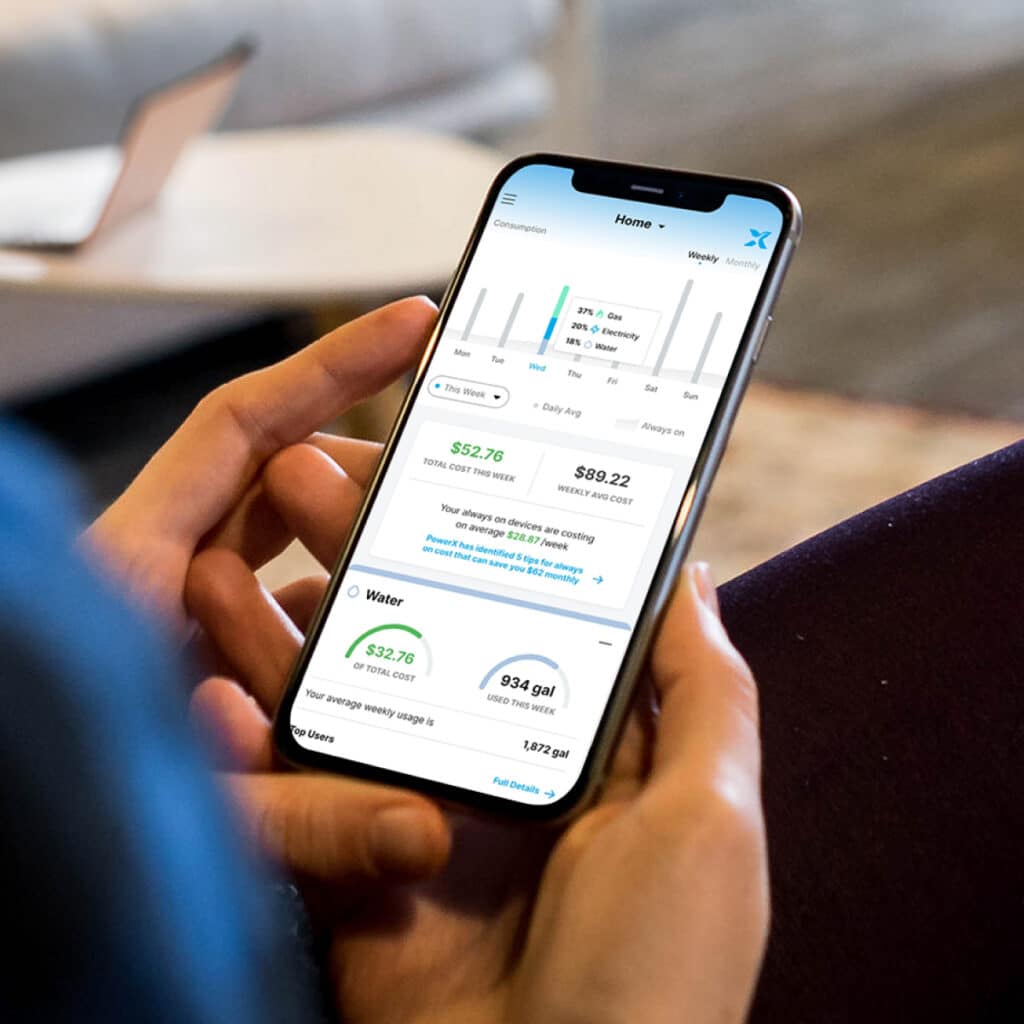
Despite the challenges associated with IoT adoption, embracing and implementing new technology solutions is a worthwhile goal for any enterprise. Companies worldwide are launching commendable strategies for tackling those challenges, and we’re excited to witness how the IoT landscape transforms thanks to these innovators over the next several years.
KEEP READING: For a more in-depth exploration of those insights, as well as other survey findings, check out our Full Report.




